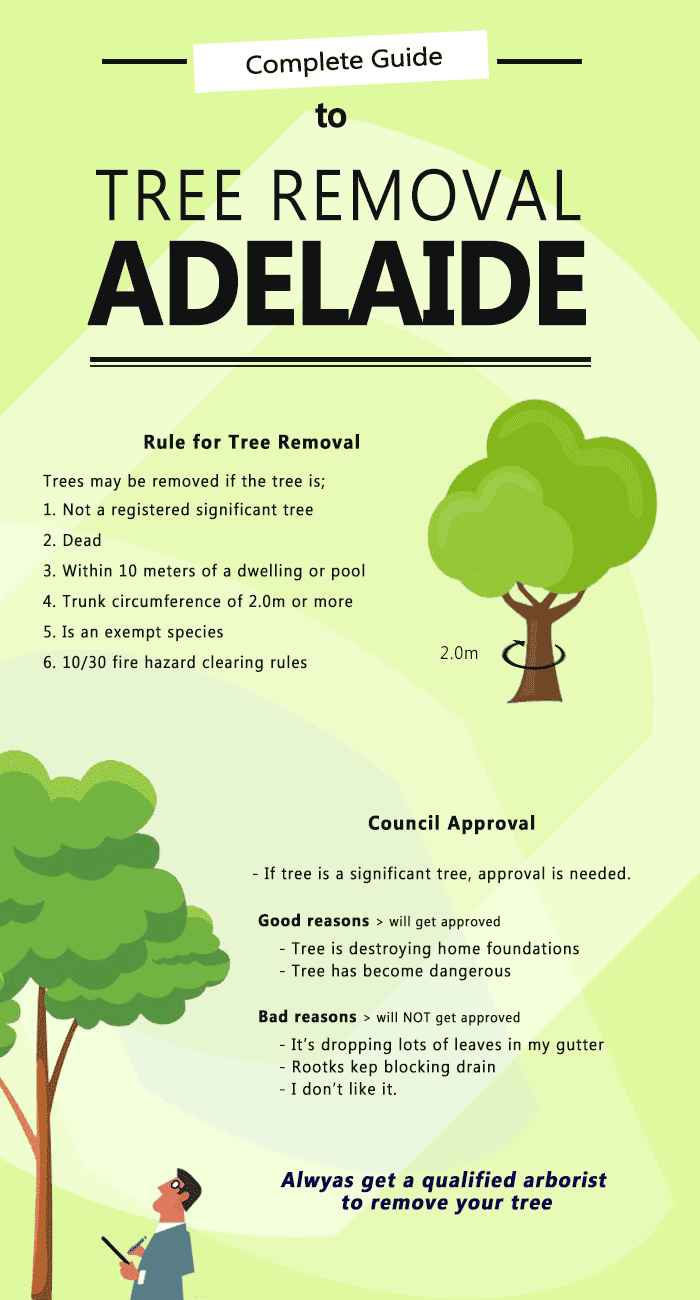Post-Tree Removal Upkeep: Reliable Approaches For Landscape Repair
Post-Tree Removal Upkeep: Reliable Approaches For Landscape Repair
Blog Article
Material Author-Graham Leblanc
After a tree's removal, your landscape might look rather different, and it's necessary to assess the results thoroughly. You'll want to assess the dirt disruption and check bordering plants for any signs of stress. Disregarding these elements can cause bigger issues down the line. So, what should you perform with those stumps and origins? And how do you select the most effective plants for your revitalized area? Let's discover these crucial actions.
Analyzing the After-effects: Examining Your Landscape
After a tree removal, it's crucial to analyze your landscape to recognize the impact it carries your lawn.
Beginning by analyzing the area where the tree stood. Seek indicators of soil disruption, and inspect the bordering plants for any anxiety or damage.
You ought to likewise take note of exactly how the elimination has actually altered sunlight direct exposure and air movement in your yard. This shift can influence the growth of close-by plants, so it's important to assess their health.
Think about visit this web page link may develop an open space that you can revamp.
Finally, consider any potential disintegration issues that may develop from the tree's lack. Attending to these variables early will assist bring back equilibrium to your landscape.
Taking care of Stumps and Origins: Alternatives for Elimination
Once you have actually examined the after-effects of the tree elimination, you'll likely need to deal with the stump and roots left.
When To Trim Maple Trees have a couple of choices for removal. One effective approach is stump grinding, where a specialist makes use of a maker to grind the stump down to below ground degree. This technique leaves minimal interruption to your landscape.
If you like a do it yourself technique, you can use a combination of excavating and chemical stump eliminators. Simply keep in mind, this procedure can take some time and initiative.
Additionally, think about leaving the stump as a natural attribute, which can function as an one-of-a-kind garden component or habitat for wild animals.
Whatever Keep Reading select, resolving the stump and origins is essential for restoring your landscape.
Choosing the Right Plant Kingdoms for Your New Space
As you examine your newly removed area, selecting the right plants can dramatically improve your landscape's beauty and performance.
Start by considering the sunshine and soil conditions. For bright locations, select drought-resistant plants like lavender or succulents. In shaded spots, brushes and hostas grow well.
Consider the size and growth behaviors of your plants; mix perennials and annuals for seasonal selection. Do not fail to remember to incorporate indigenous types; they require much less maintenance and support regional wild animals.
Group plants in strange numbers for a much more natural appearance and create layers for visual depth.
Ultimately, ensure you have a mix of colors and textures to keep your landscape vibrant throughout the periods.
Pleased growing!
Final thought
To conclude, recovering your landscape after tree elimination is a fulfilling process. By assessing the results, addressing stumps and origins, and picking the right plants, you'll develop a growing environment. Do not forget to incorporate erosion control actions to safeguard your dirt. With a little effort and treatment, you can change your room right into a lively yard that enhances your building. Accept the opportunity to rejuvenate your landscape and enjoy the appeal of nature right in your yard!
